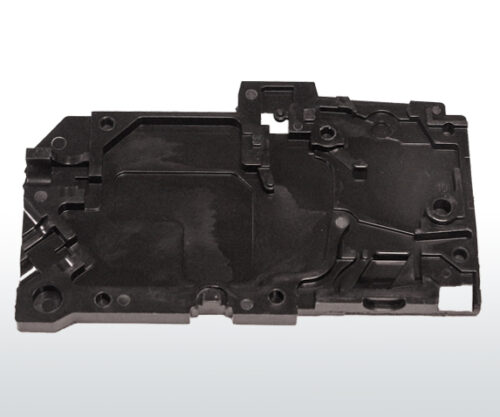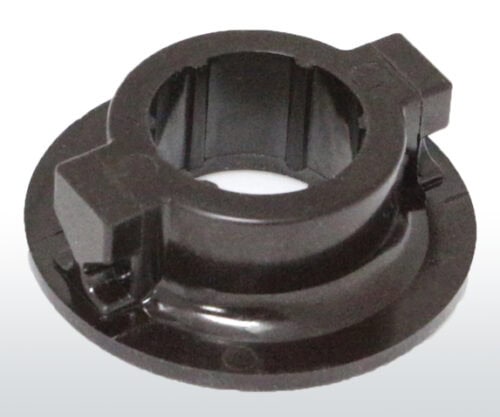Thermosets Plastics for Electrical Components
 Why are thermosets commonly used in injection molding applications for electrical parts and components? Thermosets exude exceptional electrical stability, high dielectric strength, and resistance to arc and track to protect electrical products and internal components from electrical charge. Parts including circuit breakers, terminal blocks, and electrical connectors are molded from thermoset materials to ensure product safety. Whereas a thermoplastic can degrade, disfigure, or ignite; thermosets such as unsaturated polyester BMC and phenolic molding compounds remain durable and strong when exposed to such electrical elements.
Why are thermosets commonly used in injection molding applications for electrical parts and components? Thermosets exude exceptional electrical stability, high dielectric strength, and resistance to arc and track to protect electrical products and internal components from electrical charge. Parts including circuit breakers, terminal blocks, and electrical connectors are molded from thermoset materials to ensure product safety. Whereas a thermoplastic can degrade, disfigure, or ignite; thermosets such as unsaturated polyester BMC and phenolic molding compounds remain durable and strong when exposed to such electrical elements.
 Electrical components and assemblies require materials that not only protect internal components and electronics, but also allow for safe handling by users and service technicians. Molding electrical parts with a thermoset composite can provide a host of safety benefits. Thermosets provided excellent resistance to arc and track, protecting both the part and internal components from potential product failure or burning. Components requiring a thermoset due to potential electrical arc or track damage include switches, circuit breakers, contacts, and fuses. Aside from arc and track resistance, thermoset molded parts are heat resistant up to 400-500 degrees depending on material formulation, allowing the parts to continue operating in high temperatures or under thermal shock conditions without degradation. Many thermoset material formulations are also UL 94 rated for flammability with a V0 or 5VA designation. Lastly, thermosets are used in many applications as electrical insulators to resist the flow of electrical charges or currents that can cause physical or chemical damage or degradation to parts and assemblies.
Electrical components and assemblies require materials that not only protect internal components and electronics, but also allow for safe handling by users and service technicians. Molding electrical parts with a thermoset composite can provide a host of safety benefits. Thermosets provided excellent resistance to arc and track, protecting both the part and internal components from potential product failure or burning. Components requiring a thermoset due to potential electrical arc or track damage include switches, circuit breakers, contacts, and fuses. Aside from arc and track resistance, thermoset molded parts are heat resistant up to 400-500 degrees depending on material formulation, allowing the parts to continue operating in high temperatures or under thermal shock conditions without degradation. Many thermoset material formulations are also UL 94 rated for flammability with a V0 or 5VA designation. Lastly, thermosets are used in many applications as electrical insulators to resist the flow of electrical charges or currents that can cause physical or chemical damage or degradation to parts and assemblies.



Comments are closed